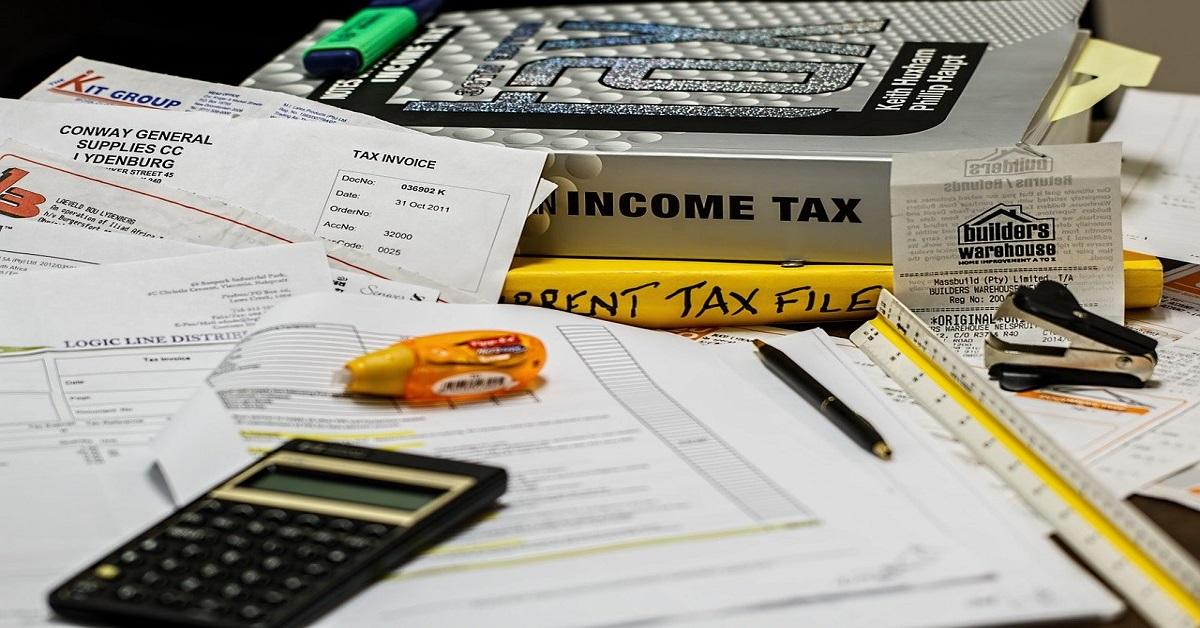Do Investors Pay Taxes on Dividends and Reinvestments?
In the U.S., dividend taxes vary based on the classification. Our analysts break down dividend and reinvestment taxes based on the current tax rates.
Aug. 28 2020, Updated 9:01 a.m. ET

Benjamin Graham, known as the father of investing, once said, “In this world, nothing can be said to be certain, except death and taxes.” The same rule applies to the dividends that companies and mutual funds pay. Globally, there are various classifications of dividend taxes. Keep reading to see how dividends are taxed in the U.S. and whether you need to pay taxes on dividend reinvestments.
There are two main approaches to dividend taxation.
- The investor, or the person who receives the dividend, pays the tax.
- The company that’s paying the dividend pays the tax. The tax can either be a flat rate or based on the investor's tax rate.
There are hybrid versions. In some countries, dividends below a threshold are tax-free for individuals. Also, the tax treatment of dividends can be different. For instance, while some countries classify dividend income as regular income, others classify dividend income differently.

Do I have to pay tax on U.S. dividends?
In the U.S., dividends are classified as qualified and non-qualified. Whether or not an investor pays taxes varies based on the classification. Qualified dividends are taxed as capital gains, while non-qualified dividends are taxed at the marginal tax rate. Usually, the marginal tax rate is higher than the capital gains. To be classified as a qualified dividend, the dividend should meet three key conditions.
First, the dividend should be paid by a U.S. company or a qualified foreign entity. Dividends from U.S. companies and foreign companies that trade on U.S. stock exchanges are classified as qualified dividends. Second, the investor has to hold the stock for the required amount of time. For common shares, an investor should hold the stock for over 60 days in the 121-day period that starts 60 days prior to the ex-dividend date. The time period is higher for preferred shares. Finally, the dividend should not be classified as a non-qualified dividend.
According to the current tax rates, if your total taxable income is below $40,000, you don’t have to pay any tax on qualified dividends. For total taxable income between $40,001 and $441,450, dividends are taxed at 15%. The tax rate is 20% if the taxable income is higher than $441,450.
Do I have to pay taxes on dividend reinvestments?
Some mutual funds offer a dividend reinvestment plan where you can buy additional units from the declared dividends. Other companies also offer a dividend reinvestment plan. For instance, Franco-Nevada Corporation allows investors to get shares at a discounted price in lieu of dividends. The tax treatment for the dividend reinvestment is not different from the regular dividend taxation.
So, you pay the tax on the dividend even if you reinvest the dividend. Dividend stocks appeal to investors who want regular income from their investments. Since interest rates could stay lower for a long time, many retirees who need regular income might think about shifting from fixed income instruments to stocks that pay high dividends.
Correction: An earlier version of this article used tax rates from 2019 instead of the current tax rate
